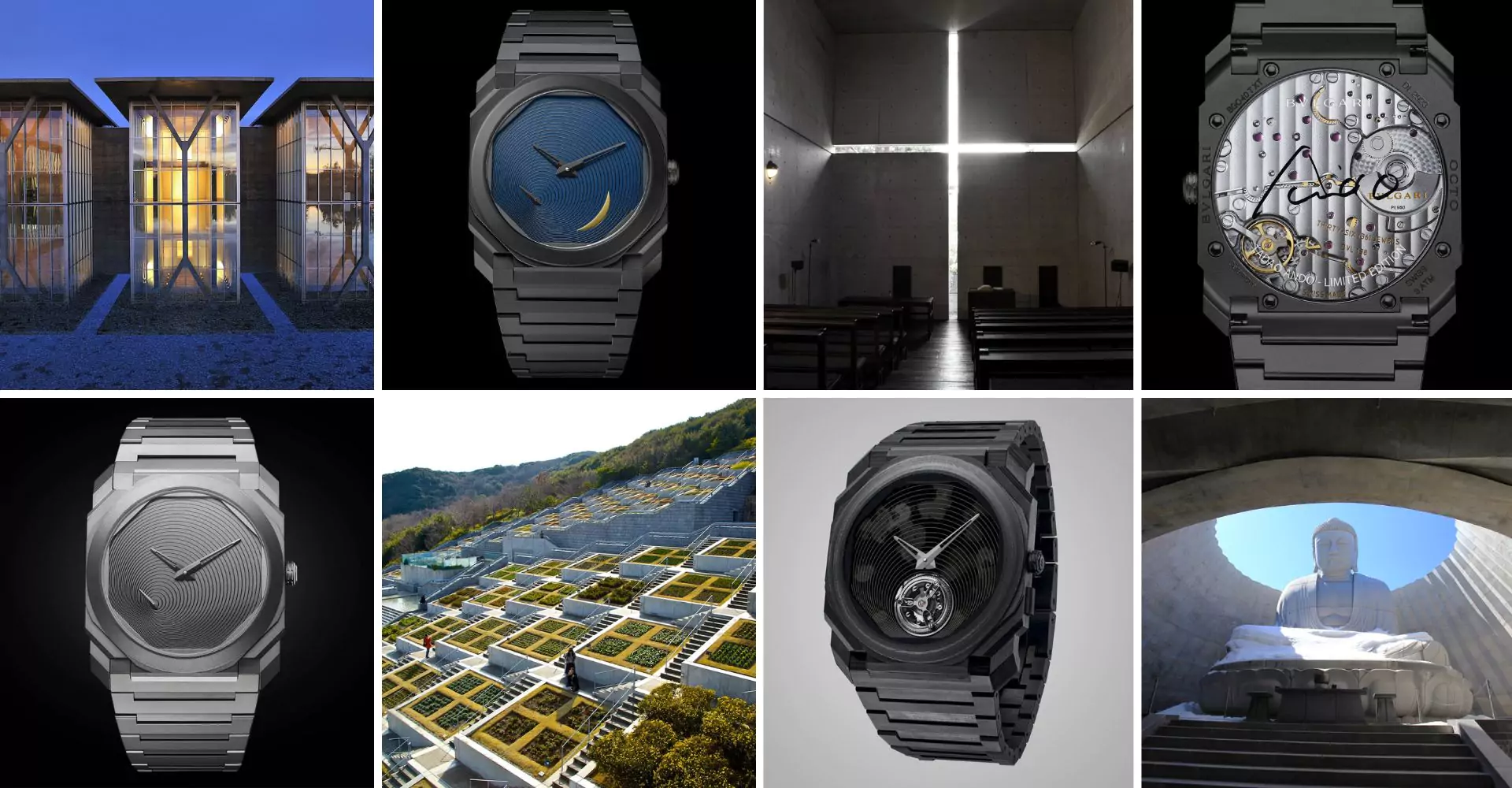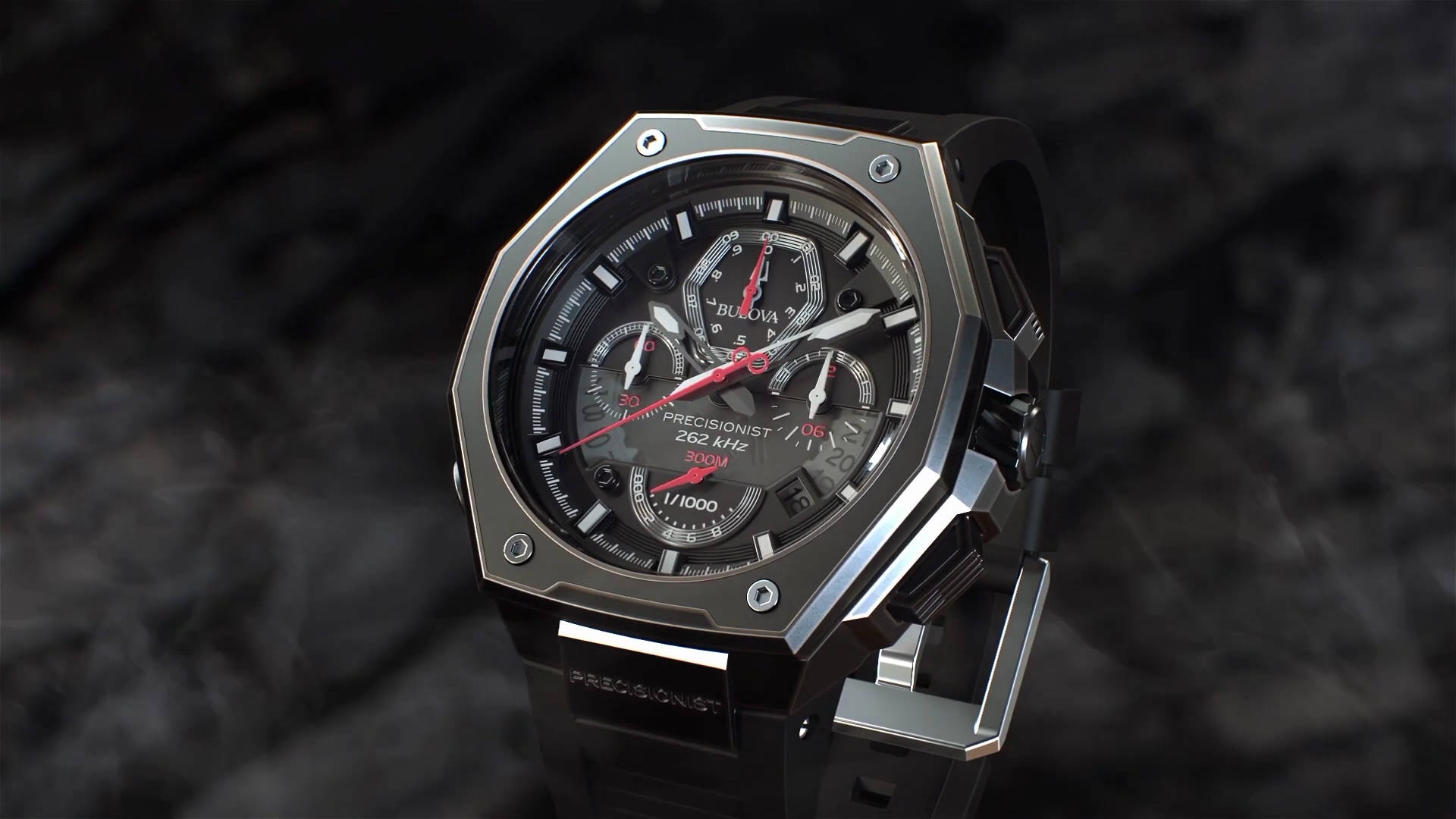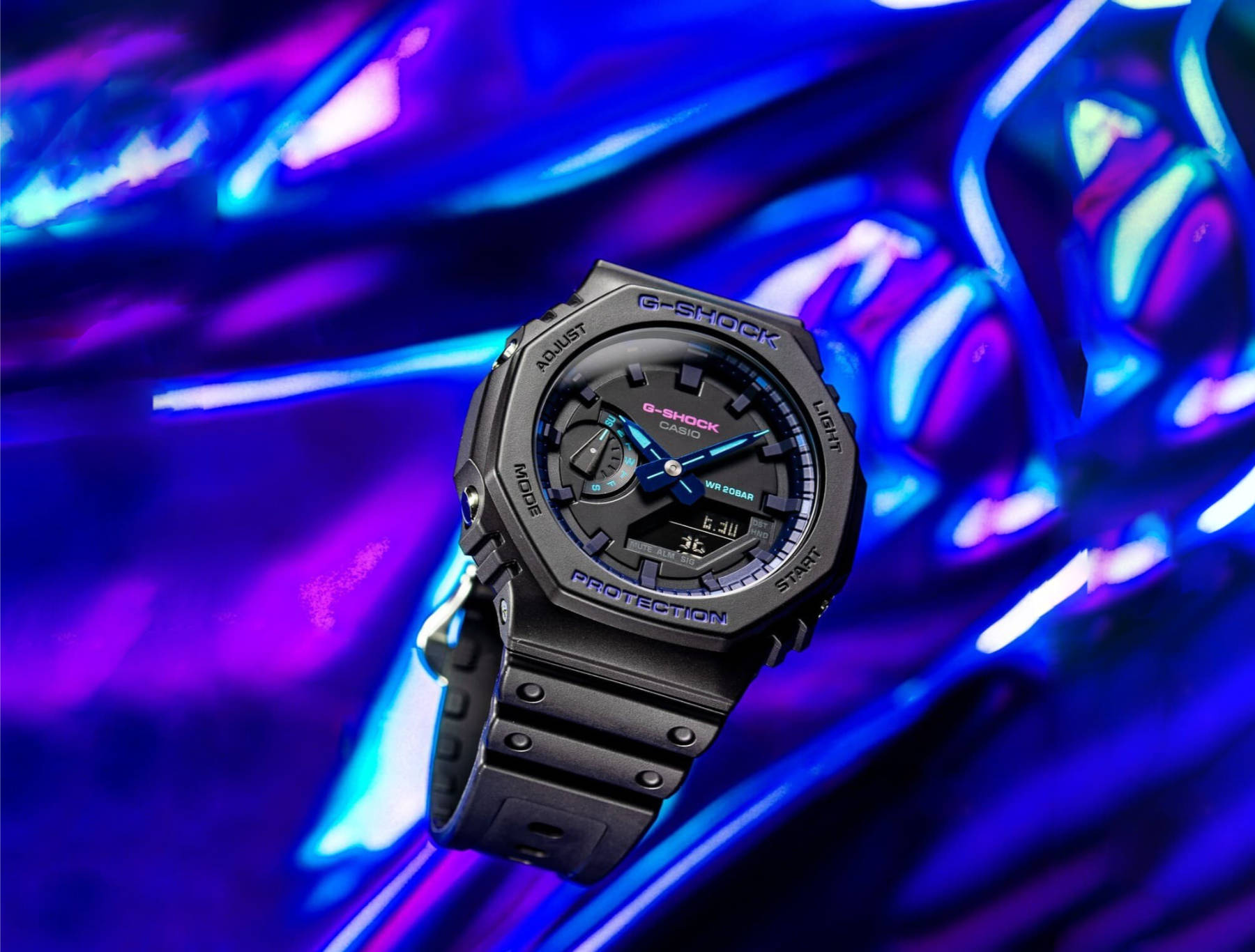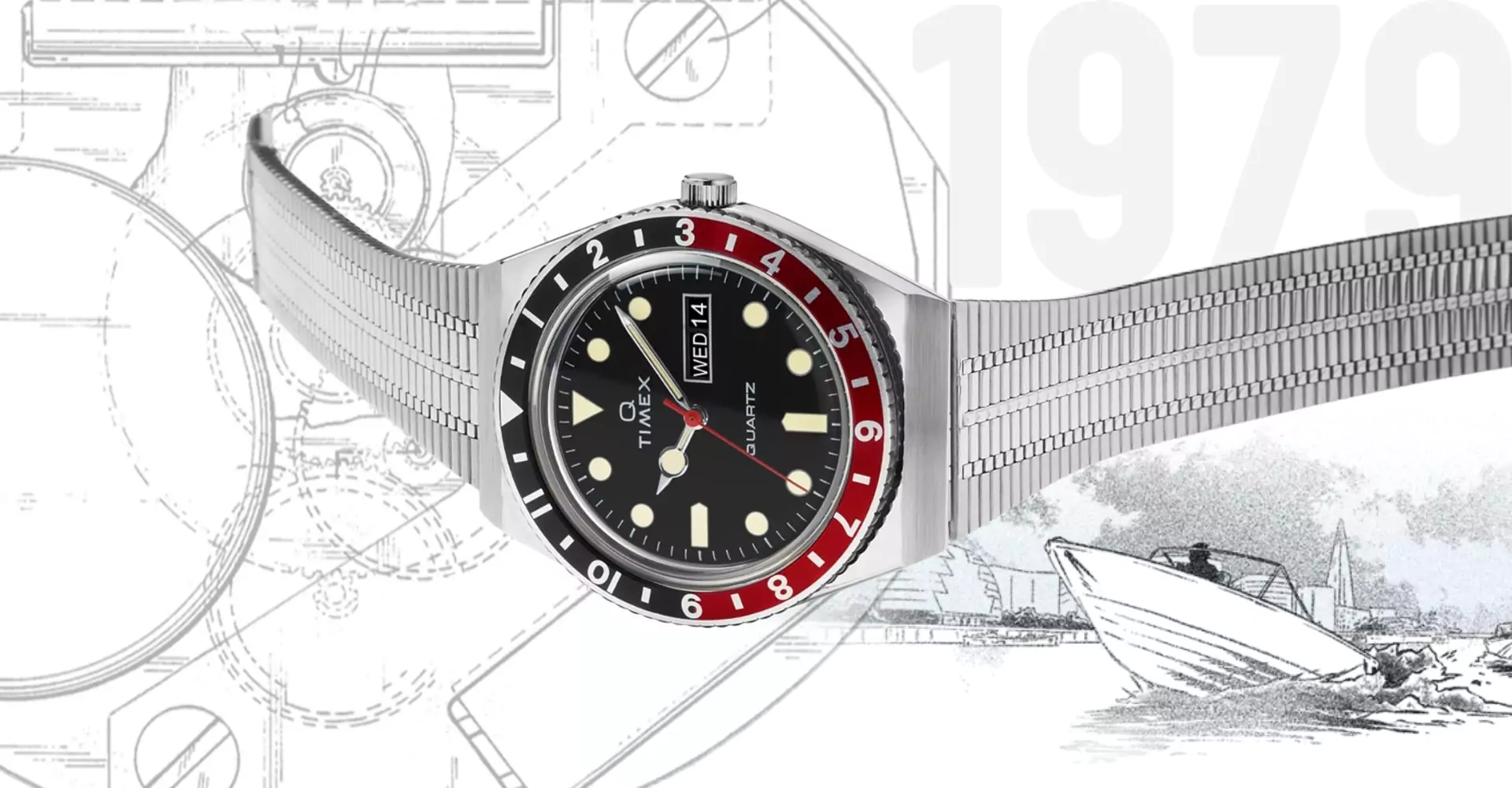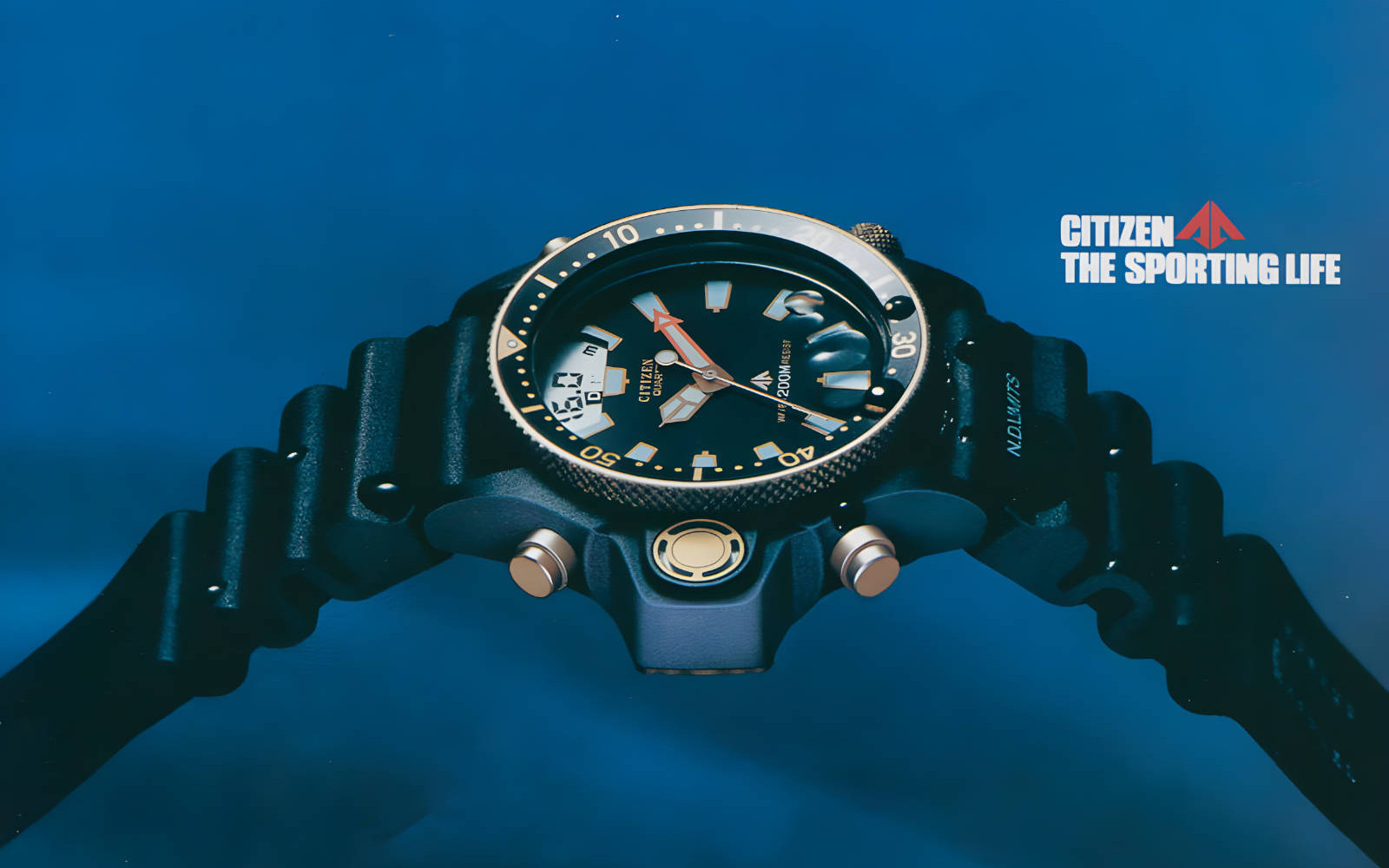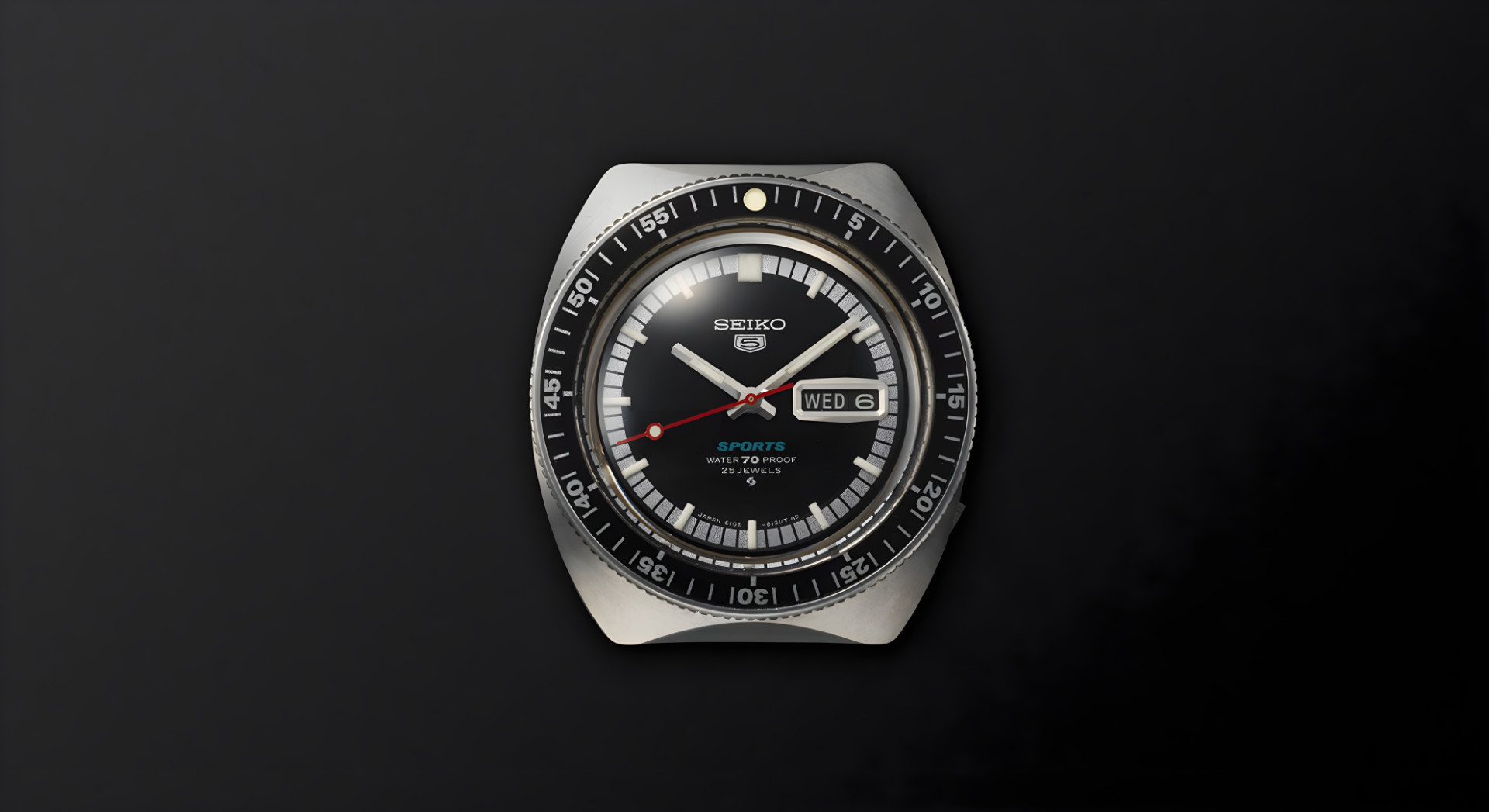Watch Essentials: How to recognize and understand the subtle differences that make a luxury watch genuinely luxurious.
Those in the watch business often hear this question tirelessly asked: what’s the difference between a $100 mechanical timepiece and a $1,000 – when not $10,000 one. People cannot understand – or accept – the same type of object can vary so much in price when its performance and use are substantially alike.
Even though watches may be very similar superficially, there are profound differences caused by the details that characterize them. And that we will try to explain summarily in this article, focusing on seven main points.
1 – The Brand
It’s useless to pretend it isn’t so: the brand shown on the dial has a significant influence on the retail price of two seemingly identical watches, and proof of this is when we examine some typical cases in watchmaking. For example, if we compare a Rolex Submariner with a Tudor Black Bay, we discover that – performance being equal – the latter costs about half as much as the former. And if we compare the latter with an Oris Aquis, we find that history repeats itself.
This means that beyond the many differences between these timepieces that make you take these broad comparisons with a pinch of salt, the direct effect of branding on cost is well perceivable and greatly influences individual watch values.
2 – Swiss-Made
The effect of these two words on the dial is important, although not easy to weigh how much. Even though there are some very high-quality companies that work outside the Swiss borders, such as in Germany, Japan, and Great Britain, there is no doubt that the effect of a watch born in the traditional cradle of watchmaking has a certain allure, especially for those who follow more the mainstream narrative of the products.
If a watch is born in Switzerland, and therefore, can bear this appellation, it meets some pretty strict rules. For example, a Swiss-made watch must have been assembled and cased in Switzerland and mount a movement made in Switzerland. In addition, there is a minimum level of Swiss labor employed in the construction, as well as the value of parts from the country. Last, the final inspection of the timepiece must be done in Switzerland.
Putting these requirements together and knowing that the average salary in Switzerland is among the highest in the world, it’s easy to see why so many luxury watches are made in Switzerland – and why so many people globally shell out lots of green for watches bearing this quality mark.
3 – The Case
The material that makes up the case has a more negligible effect on the final price of the watch today than it once did. Let’s remember that modern stainless steel was invented in the beginning of the 1900s, and back in the day, it was a rather expensive alloy that was difficult to work with. This is the reason why many watch cases were made from other alloys, mostly brass-based, and then plated through an electrolytic bath with a coating of chromium, which made them stiff and shiny, or gold.
Nowadays, watch cases and backs are typically made of stainless steel, as are their bracelets (when they have them), without this fact affecting the final cost of the timepiece too much. Of course, it goes without saying that if the cases are made of unique materials such as precious metals or coated with gemstones, that increases much their cost.
Moreover, today companies use different materials to make cases and bracelets. One of the most famous is titanium, a very light but durable metal. Innovative materials such as scratch-resistant ceramic and carbon fiber are also popular. In these cases, usually, the cost of the watch rises.
4 – The Strap or Bracelet
A wristwatch is useless if it doesn’t have a way to be secured to the wrist – and this is done through a strap or bracelet. Many different watch bands range from the most straightforward and technical to the most sophisticated and expensive. In addition, the strap buckle is another small but often expensive element, especially when it comes to safety clasps or deployant closures featuring micro-adjustment systems.
A stylish, well-made strap is made from several layers of leather, including soft padding. The outer leather in the finest examples is composed of crocodile or other exotic leathers, so a strap alone can cost several hundred dollars – and some technical straps for unique watches reach into the thousands.
When a wristwatch is fitted with a bracelet, the price increases typically – but it all depends on the quality of the bracelet and the characteristics of the watch: of course, even in bracelets, there are some of excellent quality and robustness and others that are much more ordinary and cheap.
5 – The Movement and Complications
Much of the cost of many watches originates from the movement they mount and its features and functions, which in watchmaking jargon are called “complications.” Generally speaking, the more remarkable the complications, the more the timepiece costs. What’s more, there are different levels of complications. Some are now widespread and, therefore, inexpensive, while others are extraordinary, and therefore, expensive.
To give a practical example, many modern watches show the date through a small window. This invention was made in the 1930s by Rolex, and at first, it was costly and revolutionary. Today, a timepiece equipped with the date complication is the norm. However, if you add an annual calendar, which shows the day, date, and month of the year, it makes the watch much more complicated and, therefore, expensive.
Let’s imagine what happens when watches perhaps mount several systems of this kind in the same caliber, giving rise to what horologists call Great Complications. They make the price of watches grow vertically.
6 – Surface finishes and decorations
Finishes are that attention to detail that differentiates between an everyday watch and a luxury watch. Do they serve a purpose? Sometimes they even have technical reasons to be there, but they are mostly eye candy by and large. Please examine a watch case from a mid-to-high-end of the horology range: there will probably be differently polished surfaces – some shiny and some satin – that give a distinct look to the watch.
These decoration processes are often repeated, in high-end watches, inside the movements, using traditional patterns bearing evocative names such as perlage and Cotes de Geneve, practiced for hundreds of years in the watchmaking industry. Or, the famous black mirror polish. obtained through careful sanding (a process entirely done by hand) where the treated surface looks black.
The dials also enjoy this treatment. Some are engraved with unique patterns called guilloche. In contrast, others are made of unusual materials, such as thin sheets of meteorites, or covered with porcelain, special enamels, and lacquers offering incredible visual effects.
7 – Water Resistance
Once upon a time, water resistance was not a significant issue at all. The first company to introduce a genuinely water-resistant case and crown was Rolex itself, with its Oyster, which was worn during the famous crossing of the English Channel by the swimmer Mercedes Gleitze.
From then on, watches split in two. Dress watches, which had a “nominal” water resistance, obviously did not invest much in this aspect, although they generally focused on other things, while with diving watches, the opposite occurred.
With the progressive development of military and leisure diving, diver watches have become more technological and expensive. They have incorporated sophisticated technical solutions that have made them capable of previously unimaginable performances, far beyond what a diver could withstand. For one, some of these timepieces can withstand the pressure exerted in the Mariana Trench, the deepest abyss on the planet, of almost 11,000 meters underwater.
Give it a practical try
Take two watches: a simple Seiko 5 with a transparent back and a Longines with similar specifications. Examine every single aspect we’ve considered in this article.
Placed side by side, these two timepieces reveal their natures and show unequivocally that the Seiko 5 has excellent build quality for the price you’re paying – around $100 – but the Longines has more refined finishes both on the exterior and on the movement, and has a machined rotor with decorations that emphasize its class.
Exactly as in other fields, the real difference between these two items comes from the details. And what is real luxury is about details and attention to detail.
Anyone who buys a mid-to-high-end watch knows they’re not doing it because it’s more precise or because they have to impress someone – remember that beyond the most famous brands, the majority of people who don’t know watches can’t see the difference between an Invicta and a Jaeger LeCoultre – but because they want to give themselves a gift.
Timepiece lovers appreciate traditional watchmaking, and they want to enjoy the good things in life because they have the opportunity to do so. And that’s the secret of the motivation of watch enthusiasts: their appreciation for the beauty of such a small, sophisticated mechanical object spinning wheels as if by magic.

